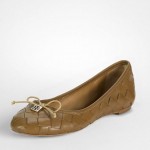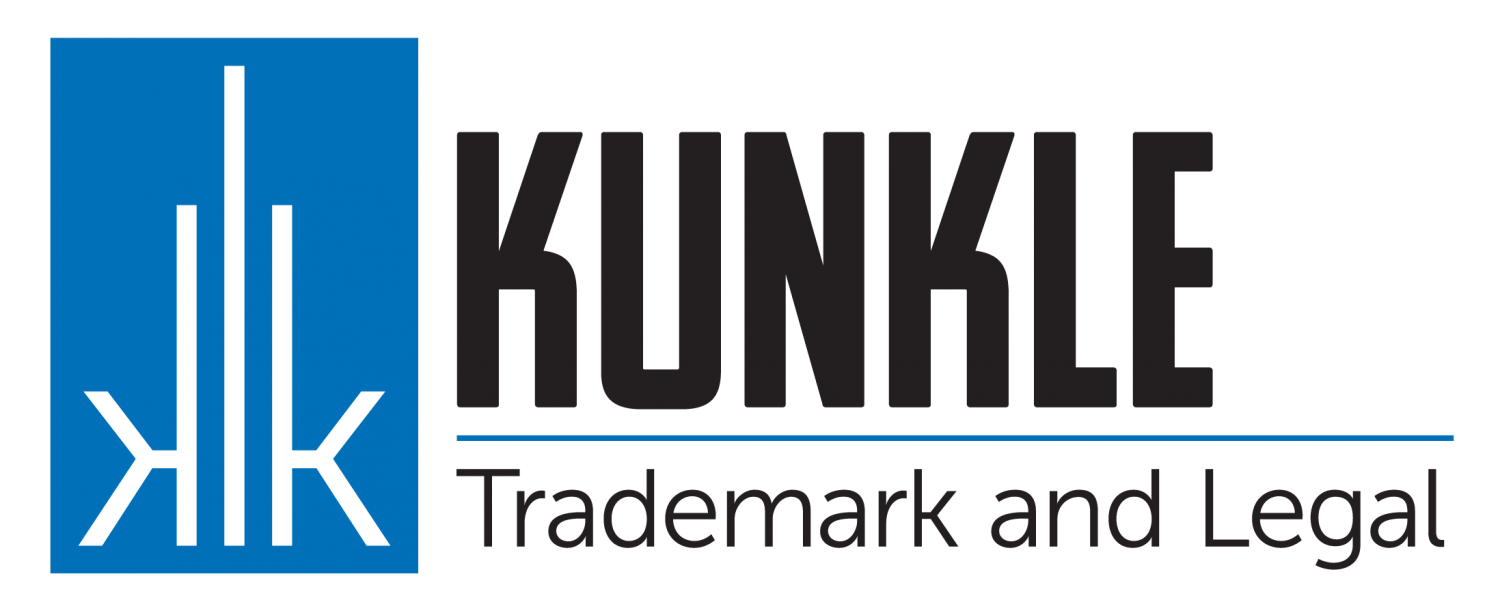Earlier this month, the U.S. District Court, Southern District of New York awarded a default judgment to clothing designer Tory Burch LLC in its trademark counterfeiting and cyber-squatting case against 232 websites which sold copies of Burch’s handbags, flats, and accessories. After none of the 232 defendants answered the complaint, the Court awarded damages of $164 million and ordered that the counterfeit websites be turned over to Burch. The $164 million is the largest settlement of this type. Additionally, the Court used the process provided in similar cases involving The North Face and Ralph Lauren which ordered third-party payment facilitators, such as PayPal, to disgorge any money in Defendants’ accounts. While it is not expected that Burch will ever recover the full judgment in this case, the ability to take possession of the infringing domain names, along with the ability to freeze related financial accounts, gives the plaintiff a great tool in combating future infringement and sends a strong warning on the repercussions of counterfeiting goods.
Websites selling counterfeit designs are a huge problem for the fashion industry because of the damage to their profits and brand integrity. While some argue that the consumers who buy the knock-off are not the same as those who will buy the real-deal, this argument avoids the fact that exclusivity of the designs is one aspect of what give the marks of these designers value. When thousands of sub-par handbags are suddenly available, not only is the quality of the product related to the counterfeited goods put into question, but so is the exclusive aura surrounding the product.
While the actual designs of most manufacturers are not protected by copyright (clothing is not protectable subject matter), holding the product out as being sourced from the original designer violates their trademark rights. Counterfeiters be aware – the courts are looking at new and more aggressive ways of taking you down and preventing you from profiting from harming the trademark rights of the designers you are ripping off.
Thanks to Sara Harrison for her assistance with this post.
